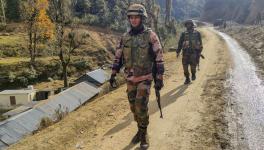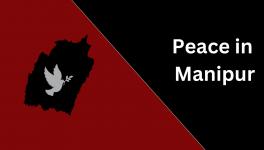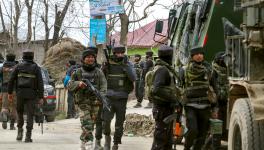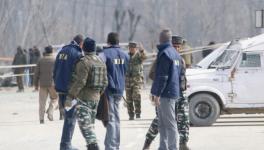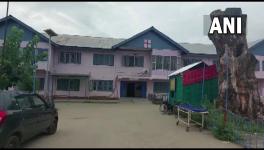Decoding the Killing of a Militant
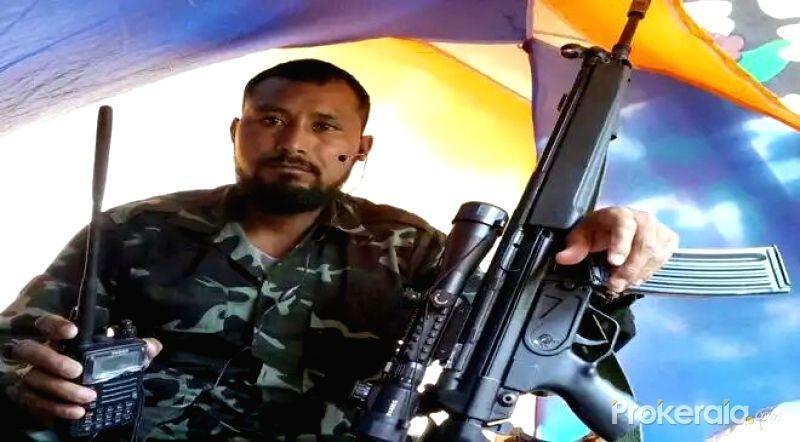
Image by: Prokerala.com
Sohan Dalbot Shira, the Commander in Chief of the Garo National Liberation Army (GNLA) was laid to rest on February 26 in his village, Chasatgre. The funeral was attended by all the villagers, his daughter, wife and mother. Former GNLA cadres also came to pay their last respects to the man who had led one of the most violent insurgencies in Meghalaya’s history. The GNLA had received widespread condemnation after the ‘execution’ of a woman in front of her family for allegedly being an informant. According to Shira’s sister, he joined the GNLA after his ‘rehabilitation package’ had ‘failed’. Being a former member of the Achik National Volunteers Council (ANVC), he had come over the ground when the group surrendered in 2007. A regular feature of surrenders in India is that of a rehabilitation package, aimed towards providing economic support to former militants. The failure of his package was due to the harassment from the police and district administration, resulting in his business folding. This prompted him to co-found the GNLA with Champion Sangma. After Sangma’s arrest, Shira became the leader of the GNLA.
Shira had been killed in an ‘encounter’ on February 24. His death has been hailed by several Meghalaya based politicians such as Chief Minister Mukul Sangma and NPP President, Conrad Sangma. According to reports from the police personnel, the SF Commandos had been able to sneak up on his hideout and opened fire within a few metres from him. The bullets struck him in the head and torso. This operation came within a few days after Jonathone Sangma, the NCP candidate from Williamnagar was killed allegedly by a GNLA group headed by Shira. The death of Shira presents several questions worth asking. How could the State allow a ‘rehabilitation package’ to fail? Why were there no other casualties reported other than Shira’s? How did the security forces manage to sneak up on him? Most importantly, what will be the future of Garo militancy?
Rehabilitation packages are essentially a goodwill measure from the State. They are provided to surrendered militants as an incentive not to return to militancy. The packages are meant to act as seed money for the former militant to start a business or go for education. However, the fact that Shira’s business failed due to alleged harassment by officials could be taken with a grain of salt if not for the GNLA press releases issued by him. The common threads are that the Garos are being subjugated by the Khasis and Jaintias. Garoland is for the social and economic upliftment of the Garo people. As well as that once the Union Government creates Garoland, the GNLA will lay down its arms. None of these statements reveals anything other than the thoughts of someone who deeply believes he has been wronged. This is also supported by his sister’s statements that he wanted a peace process but was suspicious of the government’s commitment. Over the years of counterinsurgency operations, several cadres had surrendered en masse which also points more towards Shira’s personal grudge rather than a political ideology.
Shira was dubbed a cat with nine lives due to his ability to always give the security forces the slip. He had evaded capture for years and had developed an effective system of security. He always placed his sentries at a distance of one kilometre from where he would rest. At times changing locations twice in a night. The sentries were never the same for two consecutive nights. However, the security forces managed to evade the sentries and come within a few metres of him, though his exact location would not have been known to anyone other than his sentries. The next point is that other than Shira, no other casualties were reported. To sweep an area of one square kilometre in inhospitable terrain, a large team would be required. A team large enough to be noticed by any sentries on duty. So, either the Commando team had exceptional skills, or the sentries allowed them to enter the area after giving them Shira’s exact location.
A few days before the IED attack on Jonathone Sangma, it was reported that the GNLA cadres had spilt into two groups. One group under the command of Sohan D Shira, and the other under the command of ULFA(I) Western Command Chief, Dristi Rajkhowa. ULFA(I) and the GNLA had cooperated in the past, Dristi Rajkhowa is infamous for his bomb-making skills and taught the GNLA how to build IEDs. At present, the security net following the death of Shira is extending to capture Rajkhowa. Reports state that there are still about four loyal supporters of Shira who are still active, and along with Rajkhowa they may seek to resurrect the GNLA.
Get the latest reports & analysis with people's perspective on Protests, movements & deep analytical videos, discussions of the current affairs in your Telegram app. Subscribe to NewsClick's Telegram channel & get Real-Time updates on stories, as they get published on our website.










